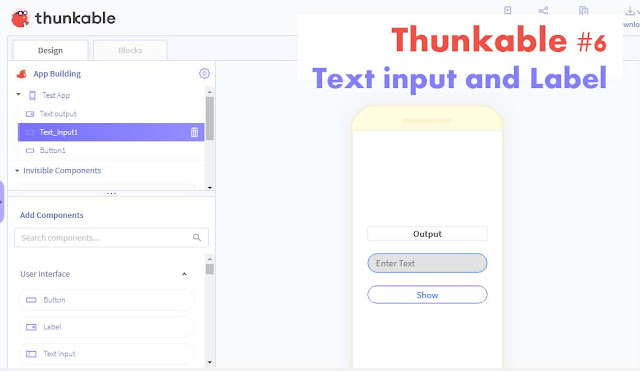CSS flex-basis Property
Example
Set the initial length of the second flex-item to 100 pixels:
div:nth-of-type(2) {
flex-basis: 100px;
}
flex-basis: 100px;
}
Definition and Usage
The flex-basis property specifies the initial length of a flexible item.
We can take it as a minimum length for the flex-items.
Note: If the element is not a flexible item, the flex-basis property has no effect.
| Default value: | auto |
|---|---|
| Inherited: | no |
| Animatable: | yes. |
| Version: | CSS3 |
| JavaScript syntax: | object.style.flexBasis="200px" |
- Inherited : "Inherited = no" means that it cannot takes (inherit) it's value from it's parent element.
- object - object in javascript means the element on which
flex-basisis applied. - Animatable - "Animatable = yes" means that it can be animated with CSS
@keyframes.
Browser Support
The numbers in the table specify the first browser version that fully supports the property.
Numbers followed by -webkit- or -moz- specify the first version that worked with a prefix.
| Property | |||||
|---|---|---|---|---|---|
| flex-basis | 29.0 21.0 -webkit- |
11.0 | 28.0 18.0 -moz- |
9.0 6.1 -webkit- |
17.0 |
CSS Syntax
flex-basis: number|auto|initial|inherit;
Property Values
| Value | Description | Play it |
|---|---|---|
| number | A length unit, or percentage, specifying the initial length of the flexible item(s) | |
| auto | Default value. The length is equal to the length of the flexible item. If the item has no length specified, the length will be according to its content | |
| initial | Sets this property to its default value. | |
| inherit | Inherits this property from its parent element. |






Comments
Post a Comment